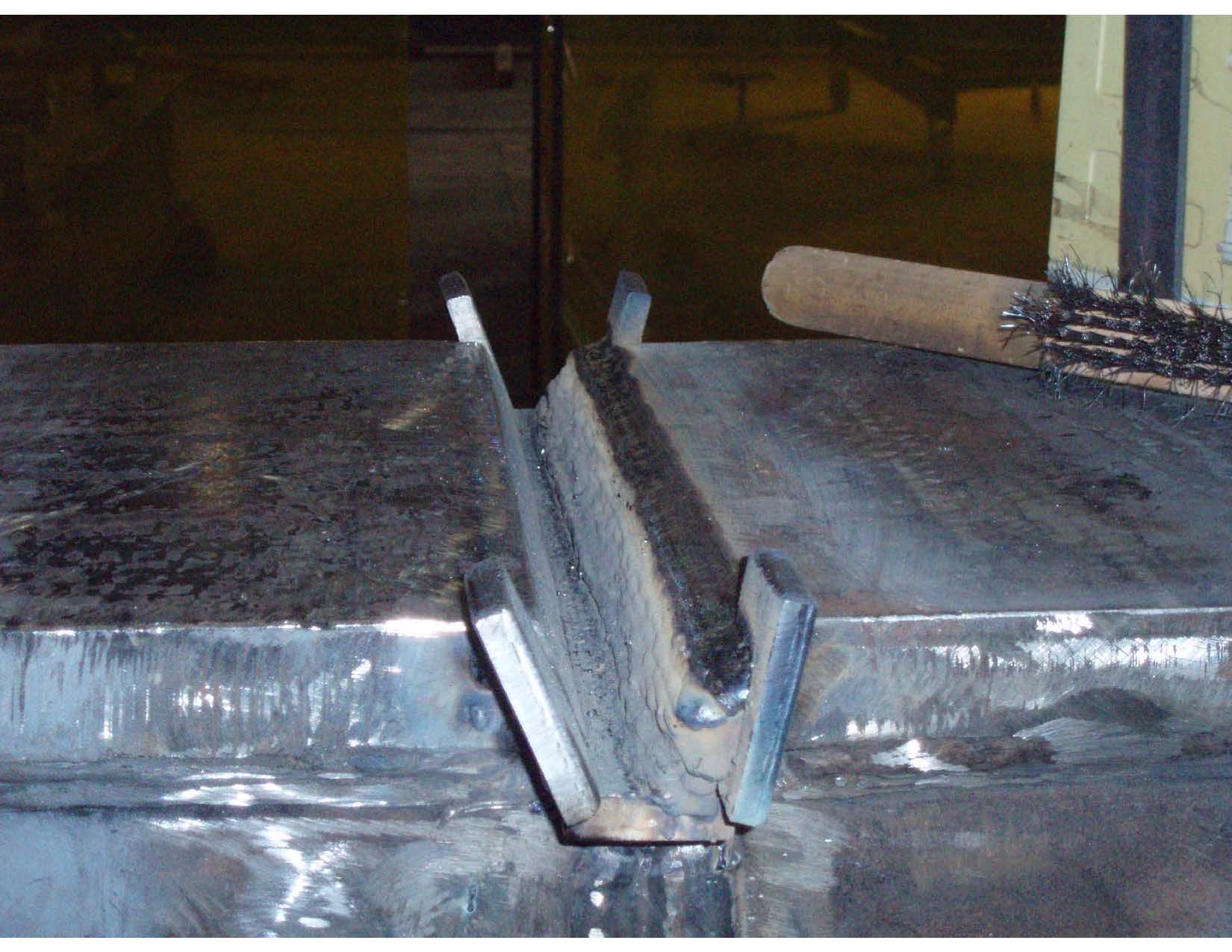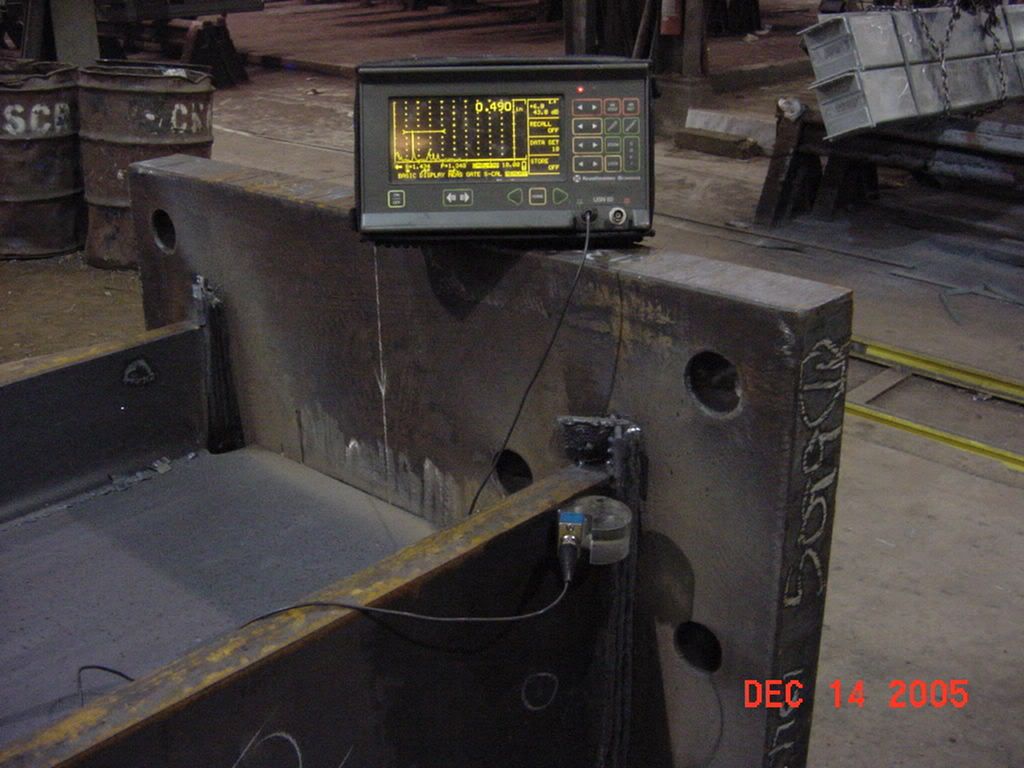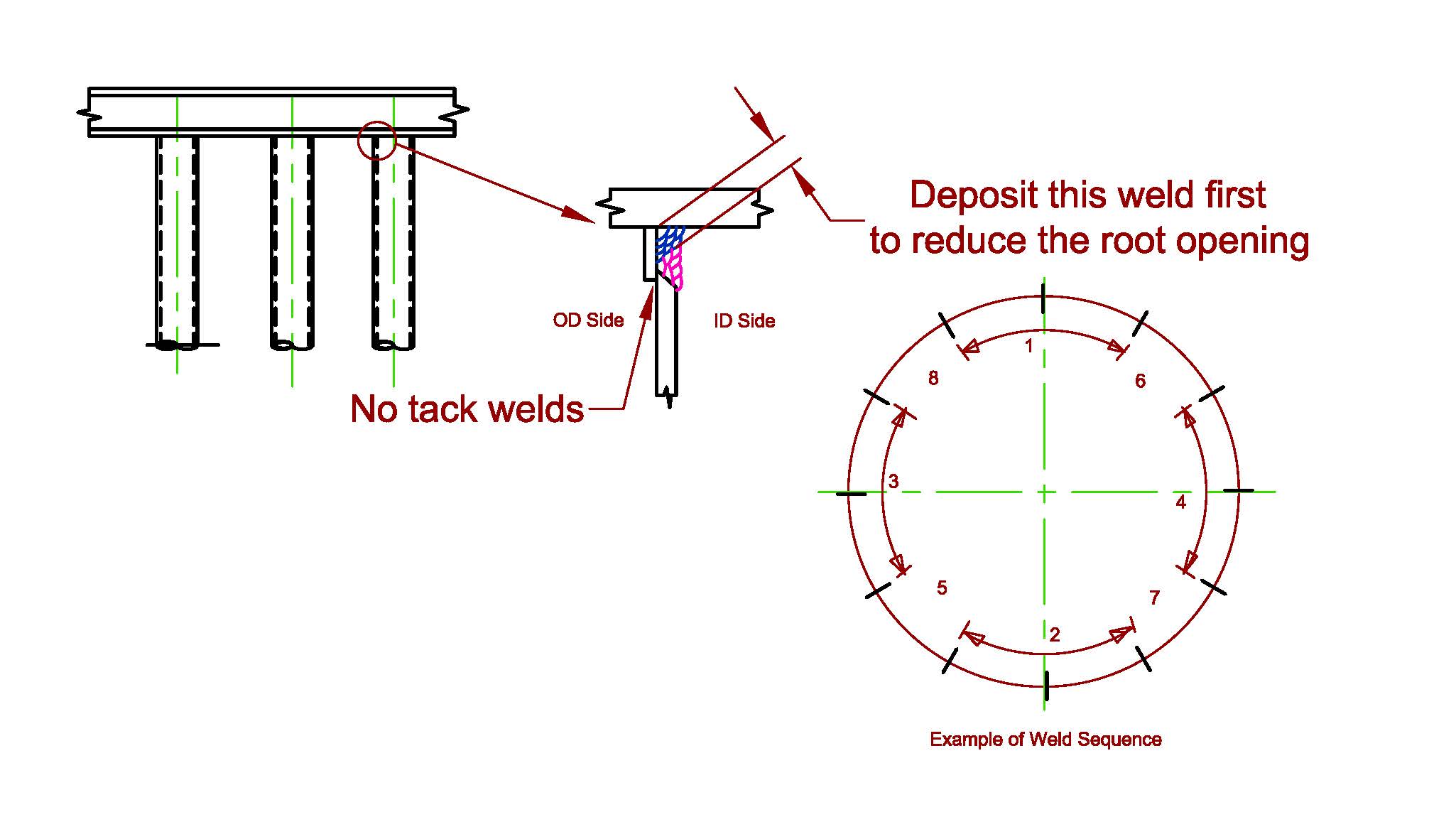
The piles remind me of the missile tubes we welded up in "Rotten" Groton, Ct when we were building the first 3 Ohio class Trident "Super Boomers" back in the late 70's...
A point of caution... The staging you're going to have inside these pilings must be checked to be sure they're erected properly... What I mean by that is to make sure if you're going to temporarily weld any angle iron or tubing to the I.D. of the pile - to make darn sure to preheat the inside of the pile first before welding anything on to the pile wall!!!
I personally had a "Bad Day" back then because of some jerk who didn't check to see if the missile tube I.D. wall needed to be preheated first before welding onto the tube wall...
Well, they didn't even though the safety inspector tagged it to be safe to work on... What was the result of this oversight?
While I was welding on to an over machined area which was inside the tube made out of HY-100 steel, all of a sudden I felt as if I was falling and then THUD!!!! When I came to
I was at the bottom of the missile tube with both Humerous (It's NOT FUNNY AT ALL!!!) bones broken in my arms, a busted clavicle, and the bottom bone of my spinal cord fractured...
It could have been much worse!!!




The timing of the incident couldn't have been worse also because it happened just before lunch break as everybody inside were massing by the second deck opening to climb down the stairs and head out of the yard for lunch so nobody was inside the boat to hear me yell until the first few got back in from lunch and when they found out what happened and figured out what happened I was already down at the bottom of the tube being lifted out with a crane and onto a boat to get me across the Thames river to the hospital in New London, CT... It took me around six months to recover and return to work...
So please make darn sure if you're going to weld something temporarily on to the wall of the pile and if the material & thickness calls for it, preheat it first!
Respectfully,
Henry



 )
)





